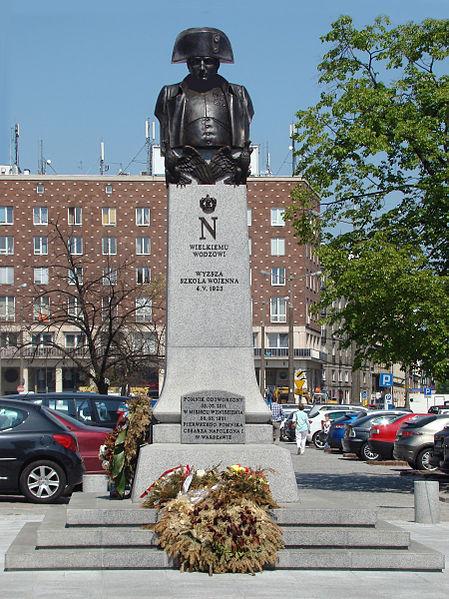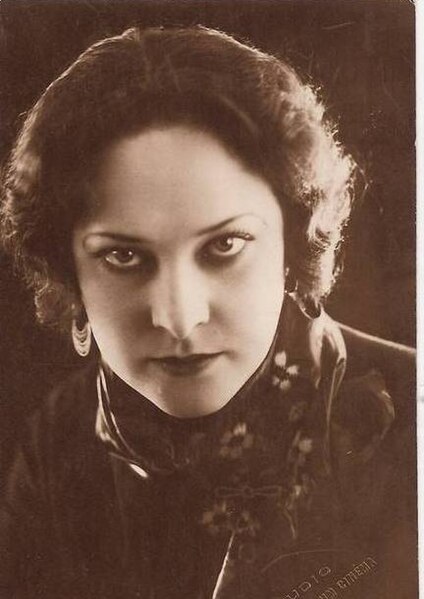Cultural depictions of Napoleon
Napoleon I, Emperor of the French, has become a worldwide cultural icon generally associated with tactical brilliance, ambition, and political power. His distinctive features and costume have made him a very recognisable figure in popular culture.
The Napoleon Bonaparte Monument in Warsaw, Poland
A French Empire mantel clock representing Mars and Venus, an allegory of the wedding of Napoleon I and Archduchess Marie Louise of Austria. By the famous bronzier Pierre-Philippe Thomire, ca. 1810
Celebration of the anniversary of the birth of Napoleon Bonaparte involving historical reenactment groups in uniforms from the Napoleonic period on Napoleon Hill in Szczecin, Poland, 2008
Monument Napoleon
Napoléon is a 1927 French silent epic historical film, produced, and directed by Abel Gance that tells the story of Napoleon's early years. It is also the only film to use Polyvision. On screen, the title is Napoléon vu par Abel Gance, meaning "Napoleon as seen by Abel Gance". The film is recognised as a masterwork of fluid camera motion, produced in a time when most camera shots were static. Many innovative techniques were used to make the film, including fast cutting, extensive close-ups, a wide variety of hand-held camera shots, location shooting, point of view shots, multiple-camera setups, multiple exposure, superimposition, underwater camera, kaleidoscopic images, film tinting, split screen and mosaic shots, multi-screen projection, and other visual effects. A revival of Napoléon in the mid-1950s influenced the filmmakers of the French New Wave. The film used the Keller-Dorian cinematography for its color sequences.
Poster from the 1981 Radio City Music Hall screenings
Actor Albert Dieudonné played Napoleon
French actress Gina Manès played Joséphine de Beauharnais, Napoleon's wife.
Abel Gance wrote, produced, directed and acted in the film.








